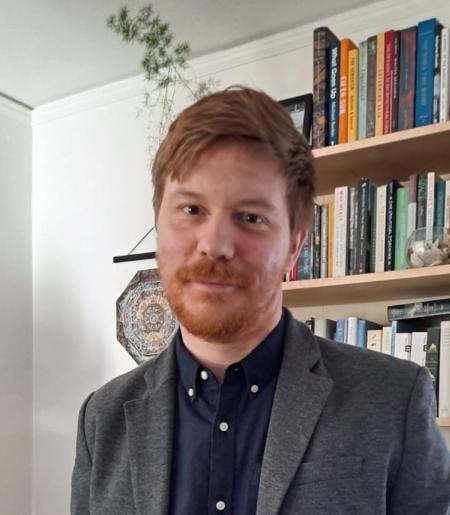Overview
Sam's research focuses on the art, architecture, and archaeology of late ancient and early medieval Europe. His book project, tentatively entitled Palaces and Political Space in the Early Middle Ages, investigates the palaces built and occupied by rulers in the post-Roman West between the fourth and the ninth centuries CE. Though a constant across this period and beyond, palaces underwent dramatic changes architecturally and functionally after the fragmentation of the Western Roman Empire in the fifth century. By viewing them simultaneously as physical architecture, as social spaces, and as nodes in ‘royal landscapes’, this study argues that palaces were not mere‘stages’ for choreographed displays of the ruler's power, but a medium of symbolic communication in which the nature and limits of political authority were negotiated. His research has been supported by the International Center for Medieval Art, the Lemmermann Foundation, and the Deutscher Akademischer Austauschdienst.
Sam is also interested in the history of medieval art broadly construed (including its historiography); in social and anthropological theory, particularly concepts of landscape, space, and materiality; and in group identity and community in the Early Middle Ages.
Research Focus
- Late Ancient and Early Medieval Art and Architecture
- Ritual, Liturgy, and Performance
- Landscape, Space, and Social Theory
- Group Identity and Community in the Early Middle Ages
- Cities and Urbanism
Publications
- "Defining Difference or Connecting Spaces? Similarity and Meaning in the Arian Baptistery, Ravenna." In Place and Space in the Medieval World, edited by Meg Boulton, Jane Hawkes, and Heidi Stoner, 149–58. Routledge Research in Art History. New York: Routledge, 2018.
